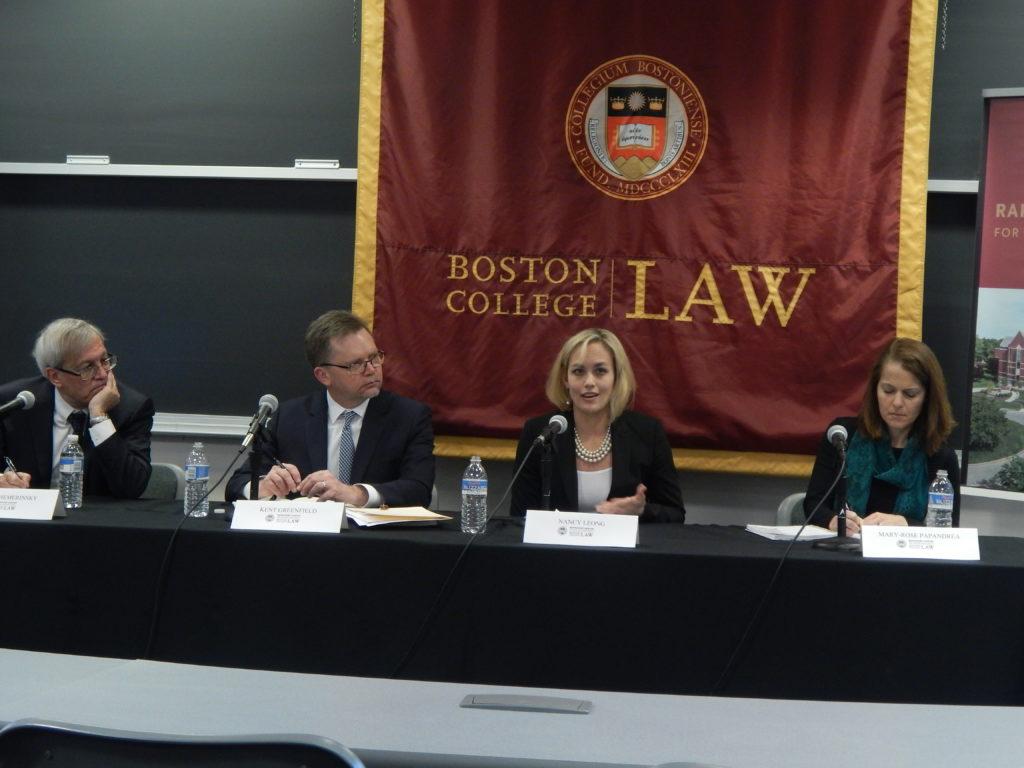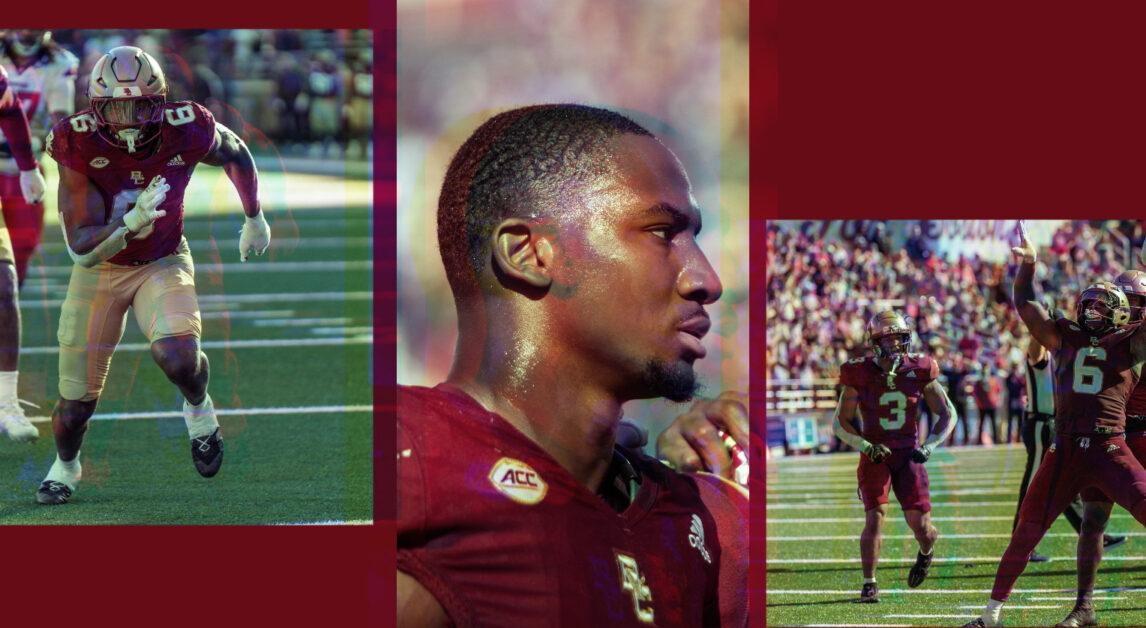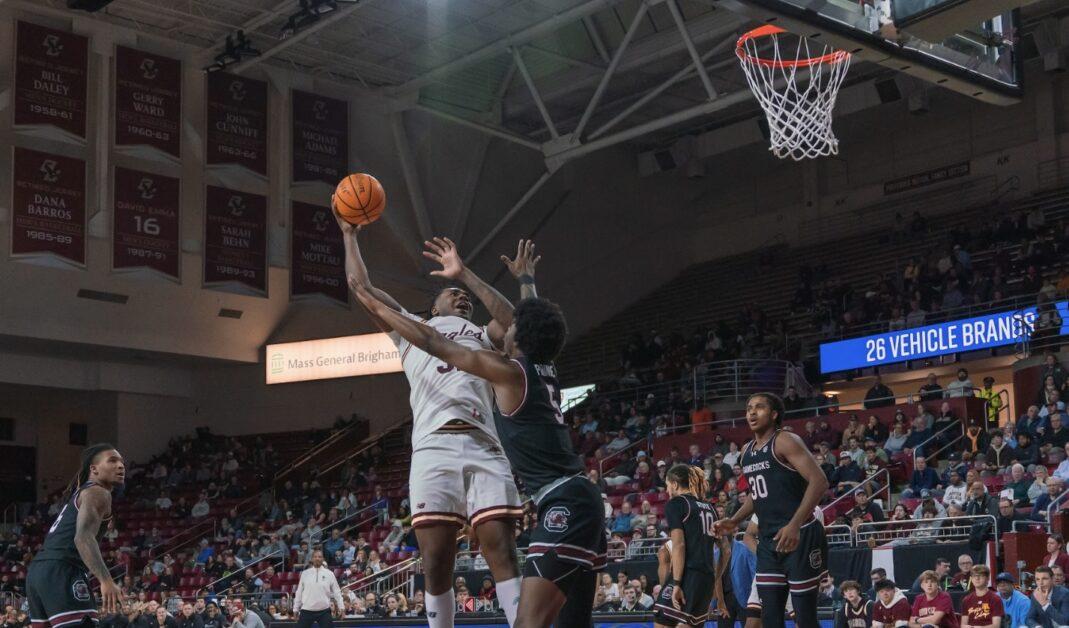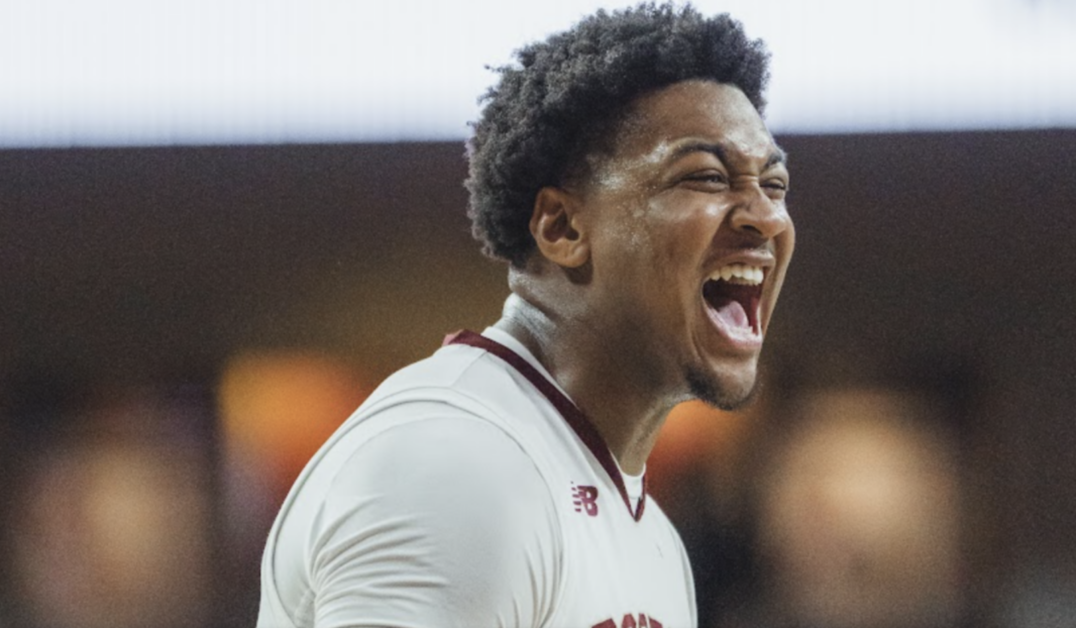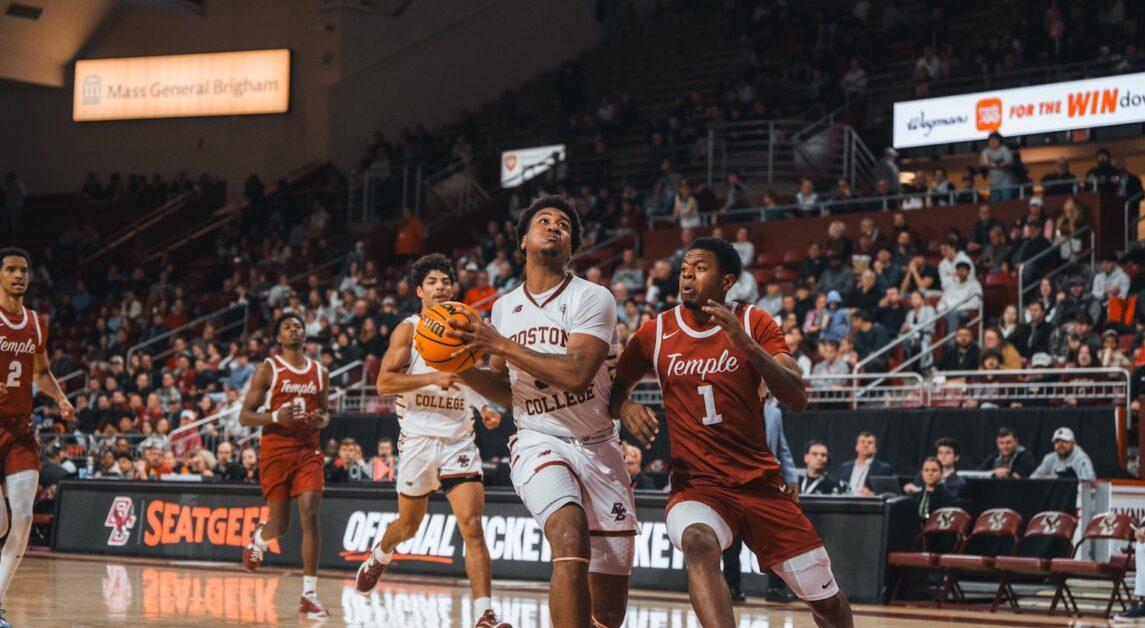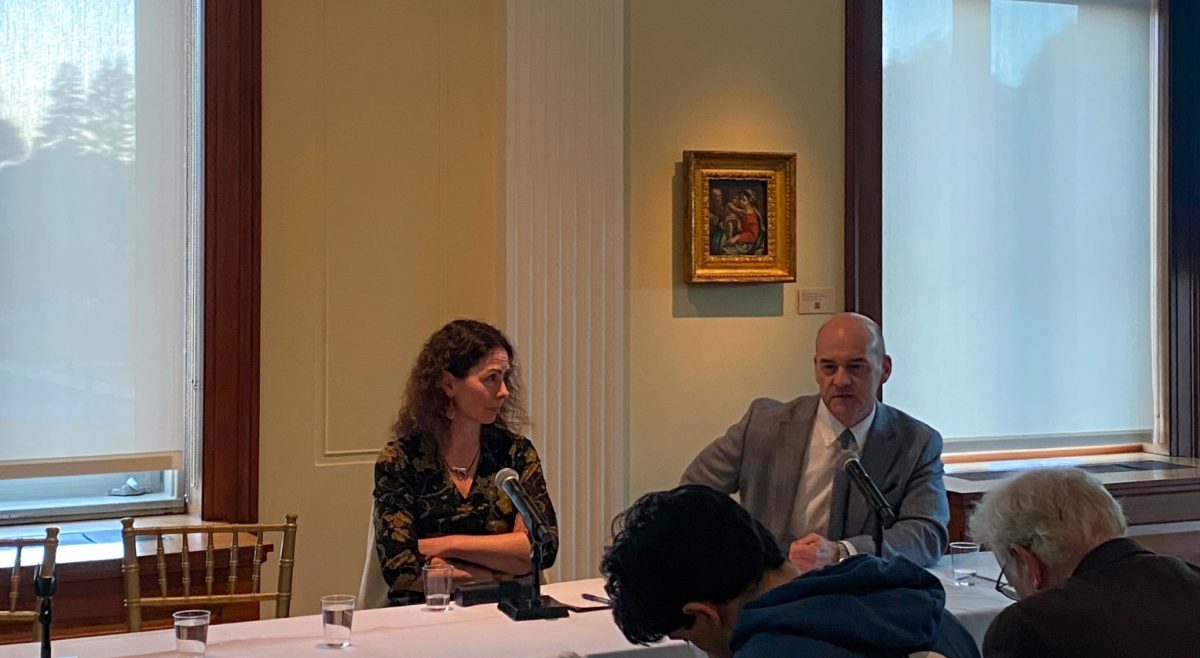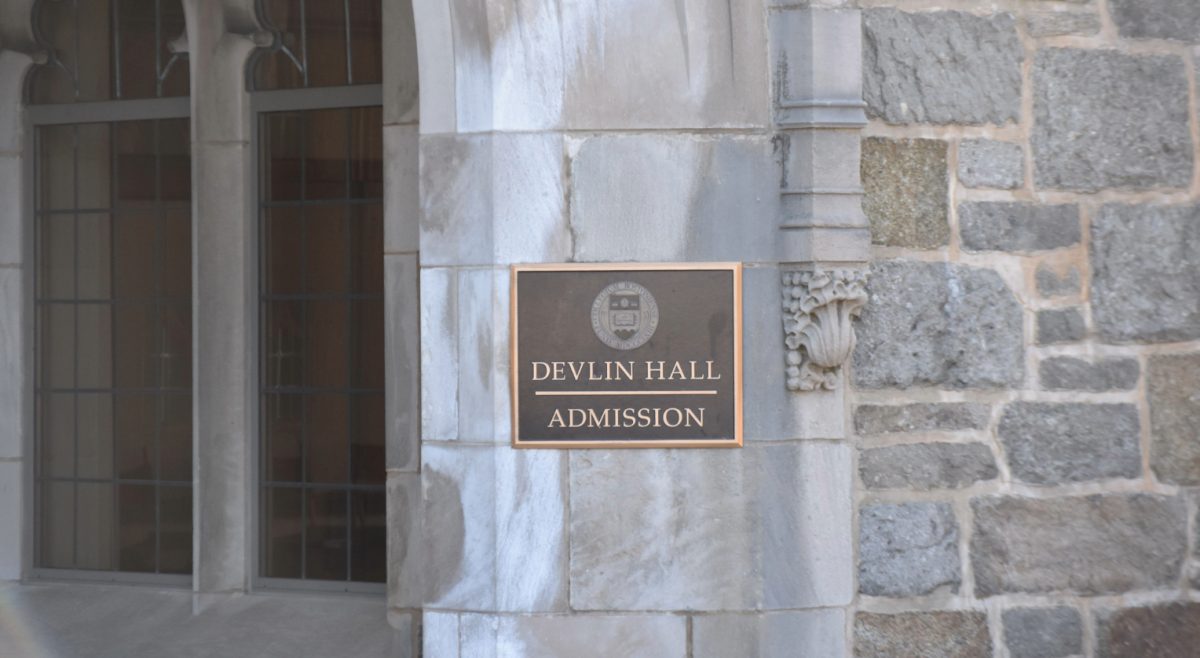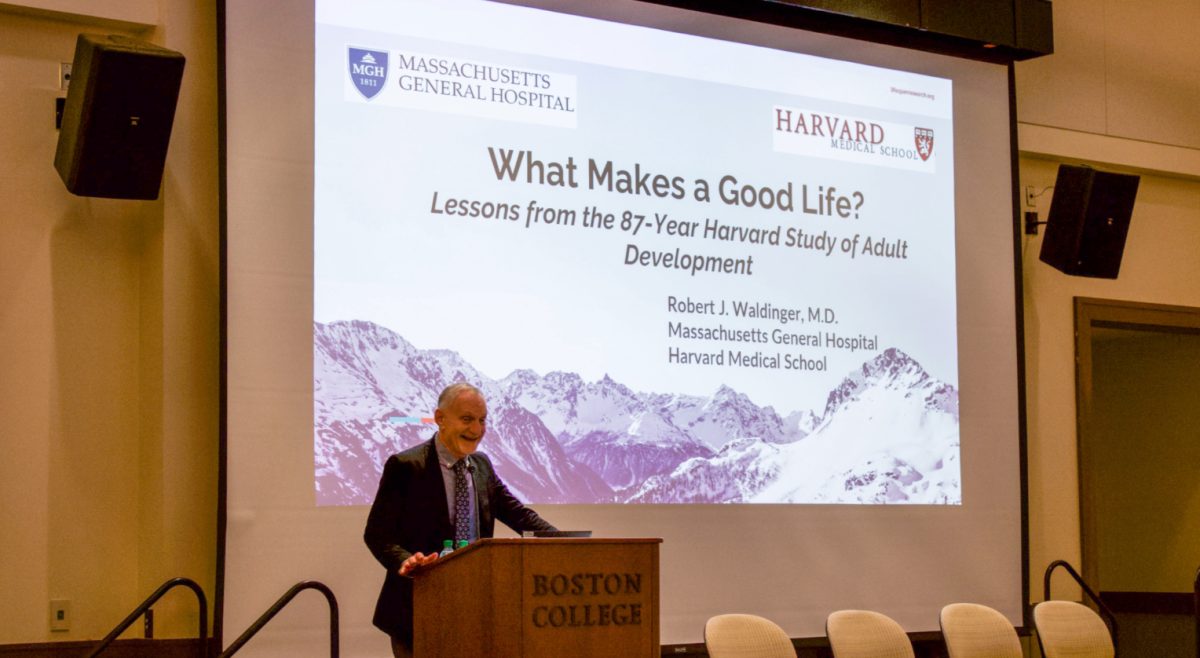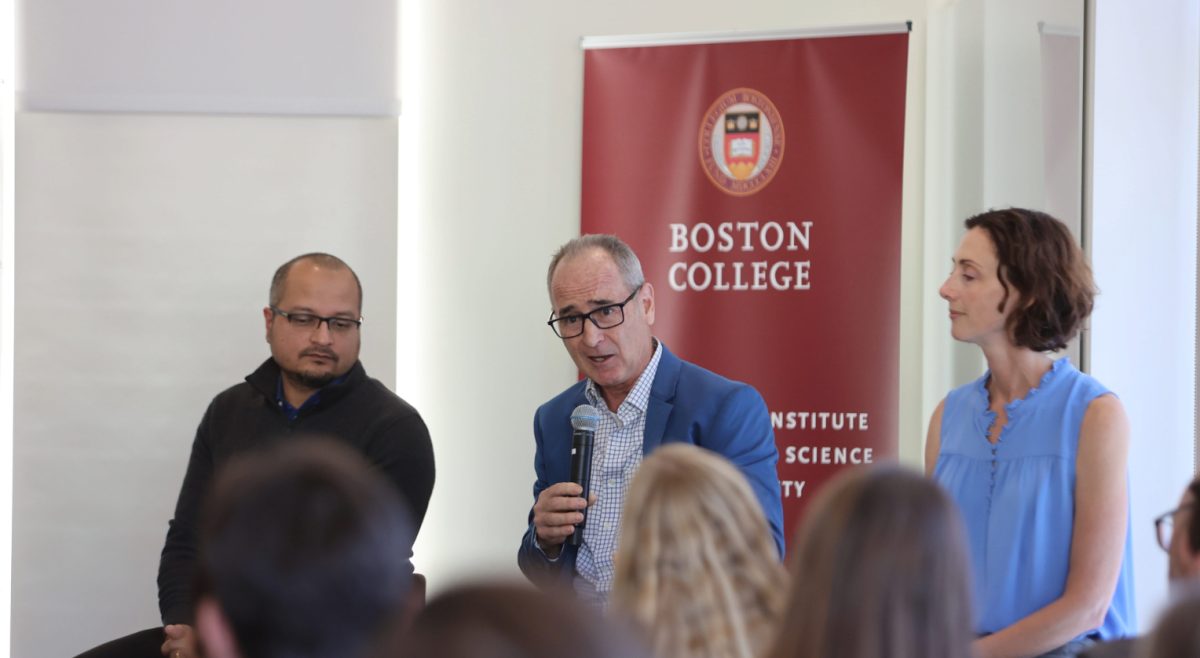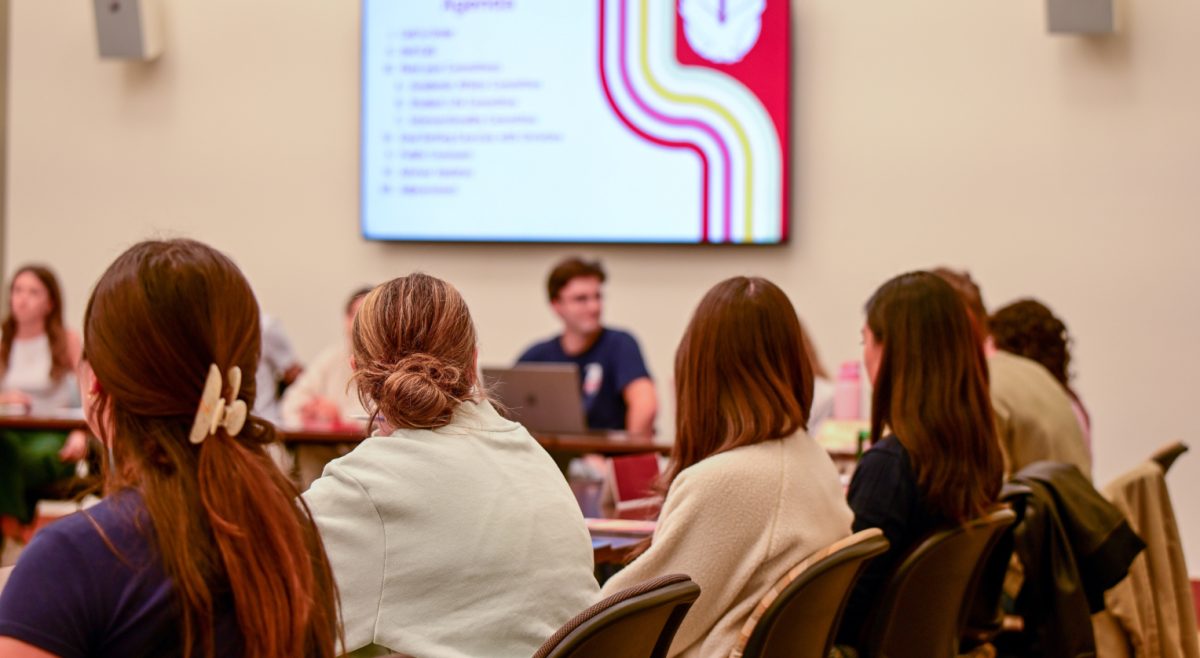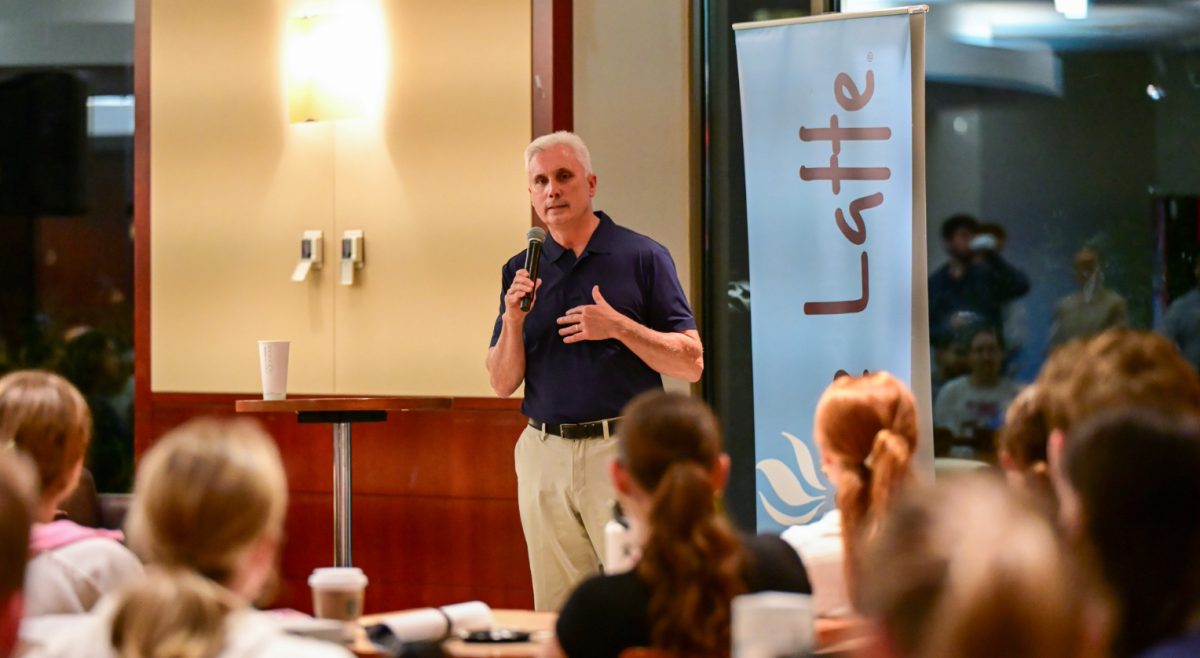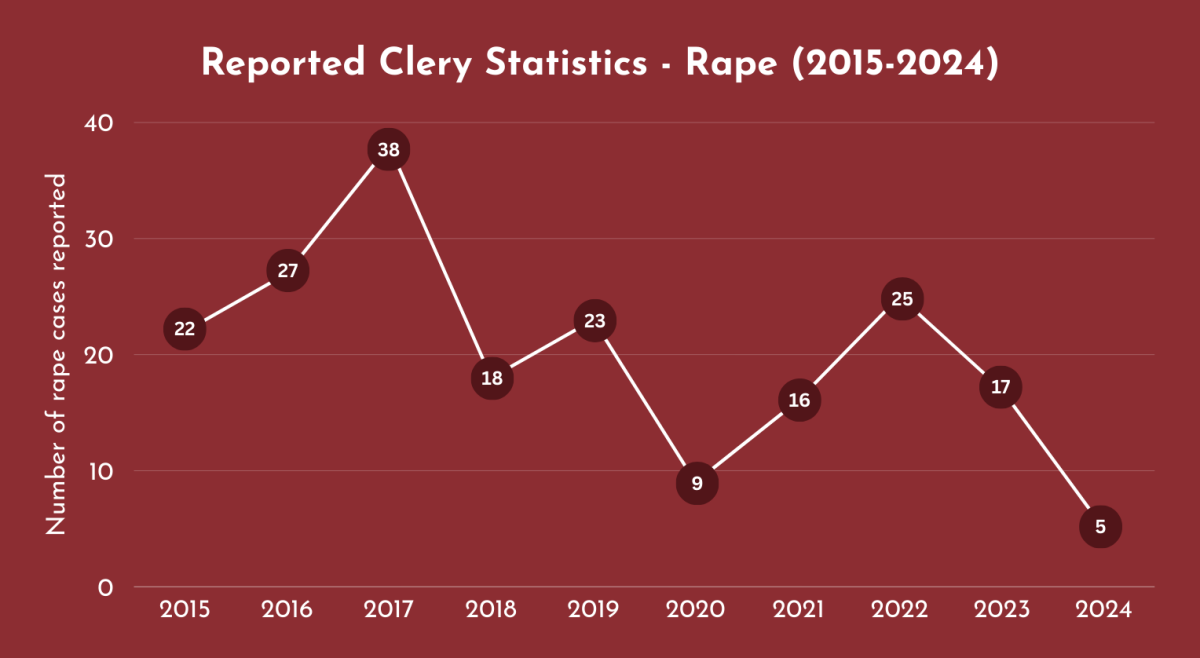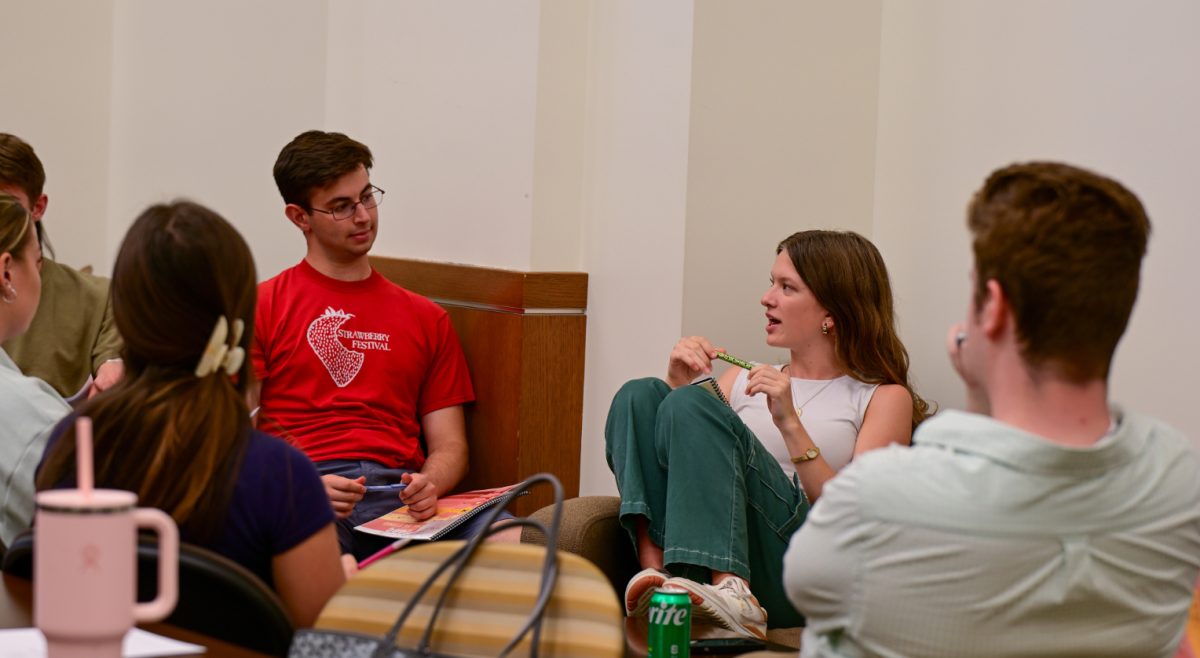On Tuesday at Boston College Law School, a panel of experts discussed the implications of free speech on college campuses, at an event sponsored by the Rappaport Center for Law and Public Policy.
Michael Cassidy, a BC Law professor and the faculty director of the Rappaport Center, introduced the panel moderator, Kent Greenfield, also a BC Law professor. In his opening remarks, Cassidy offered some examples of contentious incidents regarding free speech on campuses in the U.S., and asked whether society has gone “too far” in protecting speech, or has done “too little” to preserve the free expression of ideas in a college setting.
Erwin Chemerinsky, an expert in constitutional law and the dean of the University of California at Berkeley School of Law, delivered the keynote address. He has published over 200 law review articles and has received various honors during his academic career.
Chemerinsky began by presenting a brief history of the dynamics regarding free speech on American college campuses. As student attitudes toward free speech have shifted over time, Chemerinsky noted that many students don’t understand the history behind free speech.
“[Some students don’t] realize the extent to which free speech was integral in advancing the rights of groups they cared most about,” he said.
Chemerinsky said that his students were remarkably trusting in letting campus officials decide which messages should be allowed and which should be prohibited. In his view, this might be due to the fact that the current generation of college students hasn’t had to confront the issue of free speech in the same manner that students in the 1960s and ’70s did, engulfed in debates about civil rights and the Vietnam War.
“I realized that the anti-Vietnam War protests that were going on when I was in college, and the civil rights protests, were long ago for my students, as World War I was for me,” he said.
Chemerinsky then proceeded to offer three basic standards that are, in his view, crucial to understanding the conversation surrounding free speech on college campuses. The first guideline, according to the professor, is that “all ideas and views can be expressed at a college or university.” The second and third standards, however, complicate this principle. Chemerinsky said that not only is freedom of speech not absolute, as there are various categories of unprotected speech, but also that colleges and universities can use time, place, and manner restrictions when there is reasonable concern—for example, when a contentious speaker comes to campus.
On the topic of the sometimes controversial term “hate speech,” Chemerinsky argued that it is protected under the free speech guidelines because, as vile and hurtful as it may be, it still expresses an idea.
Nancy Leong, a professor at University of Denver’s Sturm College of Law, then offered her thoughts on the free speech debate.
She advocated for a more nuanced approach to discussing freedom of expression on college campuses. In her view, there should be a clear distinction between four lenses that people often use when discussing free speech on campus: the First Amendment, norms related to free speech, strategy, and manners.
“I think it’s important to conceptually separate those four things, even though they often overlap, or intersect, with one another,” she said.
Mary-Rose Papandrea, the Judge John J. Parker Distinguished Professor of Law at the UNC-Chapel Hill School of Law, spoke next about the effects of Supreme Court decisions pertaining to the subject of free speech on college campuses, as well as decisions concerning K-12 schools, which may have implications for institutions of higher education.
She argued that when it comes to the question of free speech on campuses, it’s quite unclear what decisions the Supreme Court will make if there are more cases in the future specifically pertaining to expression in a college setting. She also noted that it’s unclear whether the Court would uphold some of the standards it has previously set in regards to the K-12 setting.
Chemerinsky ended on the note that colleges should strive to create inclusive communities, and do so in a way that follows the guidelines that he had outlined during the debate.
“There’s so much that colleges and universities can do, so as to make sure that it’s an inclusive community for all students,” he said. “I think it’s important that colleges have principles of community, even if they are not enforceable, that can express what types of speech are thought of as appropriate, and what are inappropriate.”
Featured Image by Myroslav Dobroshynskyi / Heights Staff

